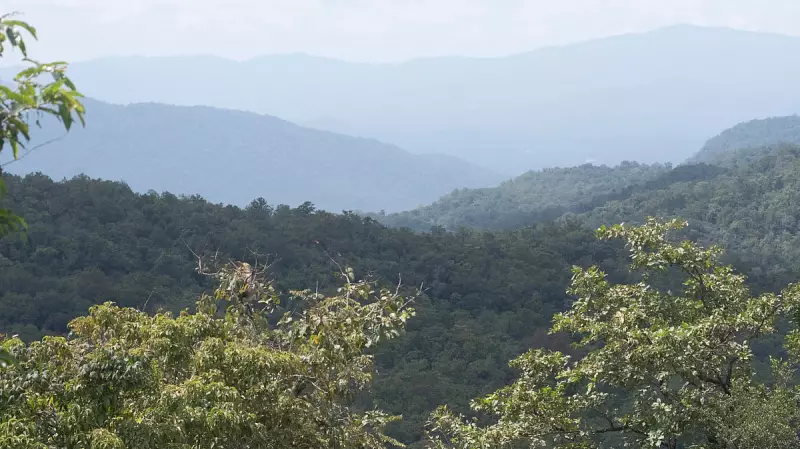
In an unprecedented fusion of art and science, Bengaluru's environmental advocates are mounting a determined campaign to safeguard the ecologically fragile Western Ghats. The innovative Eco-Watch program is bringing together painters, sculptors, researchers, and conservationists in a unified front against the escalating threats to this UNESCO World Heritage Site.
The Creative Conservation Movement
The initiative represents a groundbreaking approach to environmental protection, merging scientific data with artistic expression to raise public awareness. Visual artists are translating complex ecological research into compelling artworks that vividly illustrate the region's biodiversity and the imminent dangers it faces.
Scientific monitoring forms the backbone of this movement, with researchers documenting environmental changes while artists create powerful visual narratives that make the science accessible to broader audiences. This dual approach aims to bridge the gap between academic research and public understanding.
Why the Western Ghats Matter
The Western Ghats mountain range represents one of the world's most critical biodiversity hotspots, hosting:
- Over 7,400 species of flowering plants
- More than 500 bird species
- Nearly 300 freshwater fish varieties
- Countless endemic mammals and amphibians
This ecological treasure faces mounting pressure from deforestation, infrastructure development, climate change impacts, and unsustainable agricultural practices that threaten its delicate ecosystems.
A Multi-Disciplinary Strategy
The Eco-Watch program employs a comprehensive approach to conservation:
- Environmental Documentation: Systematic recording of ecological changes and species populations
- Artistic Interpretation: Transforming scientific data into engaging visual stories
- Community Engagement: Involving local populations in conservation efforts
- Policy Advocacy: Using combined artistic and scientific evidence to influence environmental policy
This collaborative model demonstrates how different disciplines can unite around common environmental goals, creating a more potent force for change than any single approach could achieve independently.
The Road Ahead for Conservation
As the initiative gains momentum, participants are developing traveling exhibitions, educational workshops, and public installations that bring the message of Western Ghats conservation to urban centers and rural communities alike. The program represents a hopeful new chapter in India's environmental movement, proving that creativity and science can work hand-in-hand to protect the nation's natural heritage.
The success of this Bengaluru-born initiative could establish a replicable model for conservation efforts across other threatened ecological zones in India and beyond, marking a significant step forward in the global fight to preserve biodiversity.





